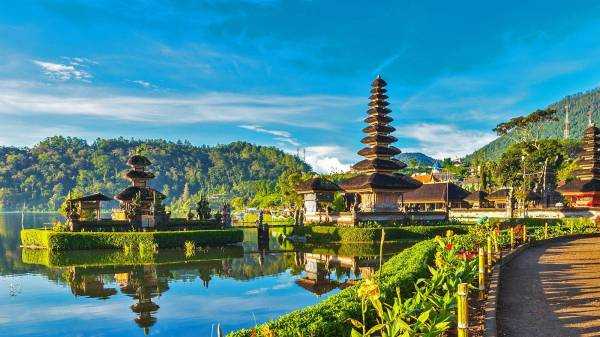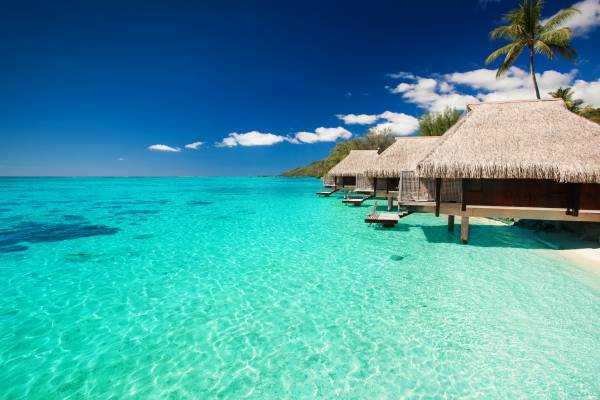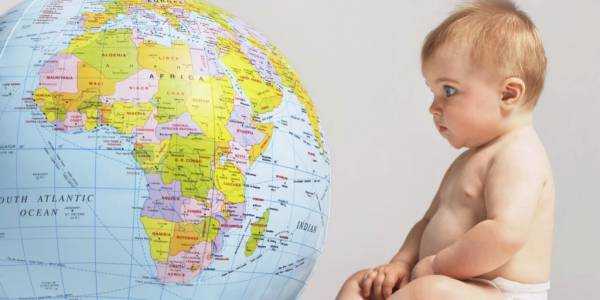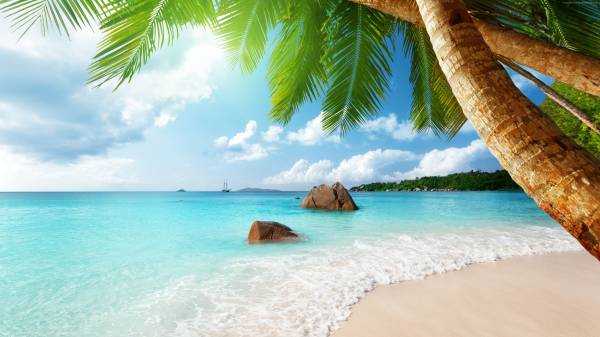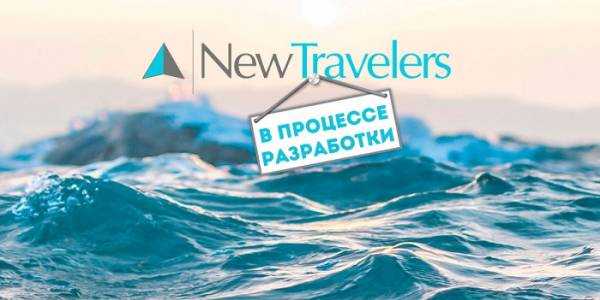"Indonesia? Where is that? - Where Bali is. - Oh, then it's all clear." Representatives of the archipelago's tourism ministry often have such conversations during presentations of tourism opportunities abroad. They decided to break this stereotype and show that Indonesia has a lot to offer besides Bali. What exactly, the TRN-news correspondent found out.
Not Bali alone...
Bali (let's dot the i's right away - the correct stress falls on the first syllable) is indeed a center of attraction for tourists from all over the world, and thanks to this, the infrastructure there is the best developed. However, now the Indonesian government has decided to focus on promoting other resorts. The strategy is called "Bali and Beyond" and is aimed at showing that the interesting places of the archipelago are far from limited to this one island.
As the head of the Badung Province Tourism Office of Bali, Made Badra, said at the professional BBTF exhibition, the region is investing huge amounts of money in developing tourism infrastructure. For example, this year a huge highway was built, facilitating transfers from the airport and travel around the province, and in October free Wi-Fi will appear in all cities. In the foreseeable future, it is planned to launch the Smart City concept, which involves paying for any services with a special plastic card.
In addition to beach holidays, Indonesia offers cultural, ethnographic and historical tourism. For this purpose, it is worth going to the island of Flores.
The flight there from Denpasar airport takes only 1.5 hours. The capital of the island is the port town of Labuan Bajo, which has a population of less than 2 thousand people, and surprises with its resort atmosphere. Despite its low fame, both the city and the island as a whole have a fairly well-developed tourist infrastructure - there are at least five 5* hotels and at least 10 four-star hotels.
The island is located just two to three hours away from Komodo and Rinca, home to the famous Komodo dragons, so a visit to Flores can be combined with observing the largest reptiles currently living on Earth.
Where civilization ends
There is a unique village on the island called Wae Rebo, lost somewhere high in the mountains. What makes it unique, you will find out later. To get there you will need to change three types of transport and almost a whole day of time.
First, you will have a car or minibus ride along mountain serpentines. A butt massage is included in the price (by the way, about the massage, Balinese is considered one of the best in the world, and at the same time, perhaps, the cheapest - one session of a 45-minute full-body massage costs only about 500-1000 rubles). The picturesque views around compensate for this - they are so beautiful that you will immediately forget about the bad road.
The drive along country roads takes about four hours. Then you can switch to scooters and mopeds – a kind of local “mountain taxi”, driven by smiling local guys in reflective vests. Mini-bikers, quickly maneuvering between holes in the asphalt, will take you to the very foot of the mountain (another 10 minutes), where the hiking trail begins.
It's about the same - at the entrance to the forest, civilization ends, and there's no signal further on. However, there's no need to worry - it's impossible to get lost there, there's only one path and it's quite busy.
The road runs through picturesque jungle with occasional panoramic views of the nearby mountains and canyons. The climb takes from 2.5 to 4 hours, depending on your level of fitness.
The complete absence of urban light pollution in Vai Rebo means the Milky Way is very clearly visible. After dark, the starlight is of course not enough, so be sure to bring a flashlight.
Upon arrival in the village, the first thing we did was go to the mayor to get permission to take photos and to stay there. Traditionally, this formality is a whole ceremony - guests sit on special mats in the "living room" of the hut, the mayor tells us something for a long time. Our guide Emmanuel briefly conveys what this means. "He gave you permission to take photos," Emmanuel clarifies, and we happily take advantage of this permission.
The traditional Wae Rebo hut, Mbaru Nyang, is a cone-shaped house divided into several tiers. The upper floors used to serve as warehouses – they stored everything from food to objects of sacrifice. The lower tier is also divided into several zones – a public or living room, where we were received, a kitchen and a dining room, as well as bedrooms – different for each of the 6-8 families and separated from the main room by screens.
This is the only village on the island where such huts have been preserved. This is why it was included in the UNESCO World Heritage List. In 2008, they were restored, and in 2010, they began to promote it as a tourist attraction. Now the flow of tourists is growing, and locals earn money not only from farming, growing oranges and bananas, but also from tourism. Electricity in the village is only from generators, and around 10 p.m. it turns off, which gives you the opportunity to photograph Mbaru Nyang under the stars. Another life hack - do this if possible before midnight or one o'clock in the morning, otherwise the moon will come out and ruin everything with its bright light.
A visit to Wae Rebo includes an overnight stay in one of the houses and a meal of traditional Indonesian food – nasi goreng (fried rice), soto ayam (chicken soup), ayam goreng (fried chicken), krupuk (shrimp chips).
It is worth noting that almost every local village has a real billiard table, which is usually occupied by local youth.
The path to happiness
The cultural heritage of the Indonesian people on the island of Flores is by no means limited to Wae Rebo. On the way we stopped at another village where we were shown traditional dances – a war dance and a rice harvest dance, and also taught to play a local game of dexterity – Rangka Alu. It consists of the following: long bamboo sticks, shaped like a grid, are placed on the ground, then some of the players begin to close and open them in a certain rhythm, and each of the players must manage to slip between them. Gradually the tempo increases until the player is “caught”.
When preparing excursions on the island of Flores, local guides do not forget to include an interactive component. This includes both the game described above and dances in which guests are invited to participate. As well as excursions where they are allowed to try to do something with their own hands.
Indonesia's branding is largely based on the cultural heritage of the islands. Many of them have preserved unique ethnic groups, as well as many rituals and traditions passed down from generation to generation.
Life on the Indonesian islands is based on the philosophy of Tri hita karana (literally - three sources of good) and is aimed at building harmonious relationships with divine forces, nature and people around you, and as a result - achieving happiness. The same principles are followed when organizing tourists' vacations. Perhaps this is why Indonesia for tourists is like a big, kind book, to which you want to return again and again.
Source: trn-news.ru

